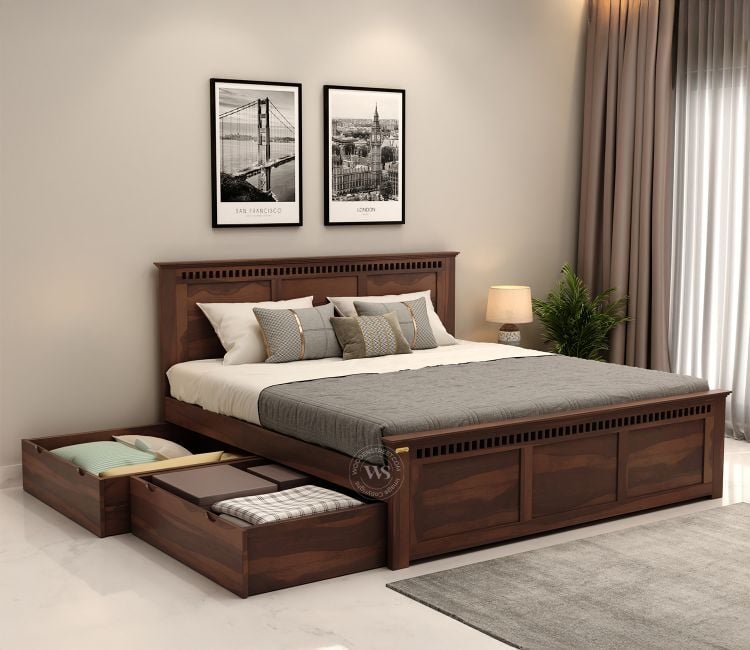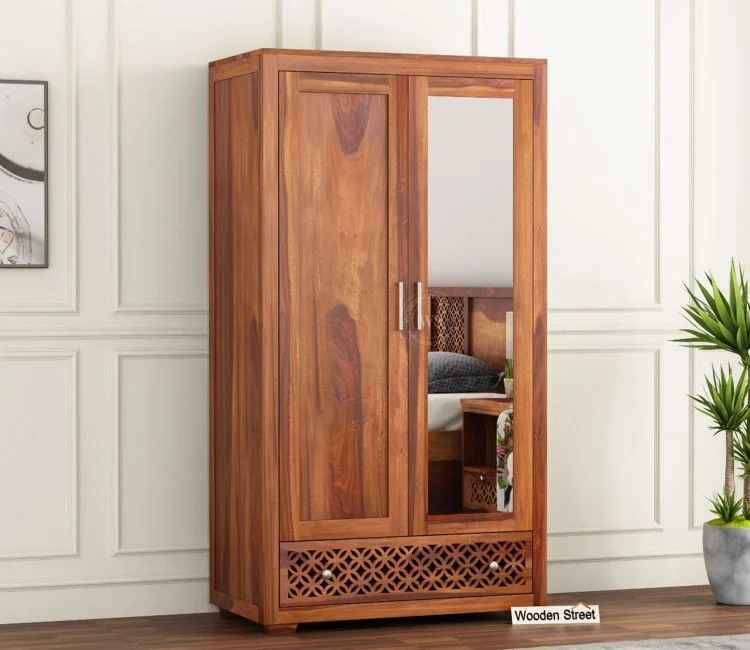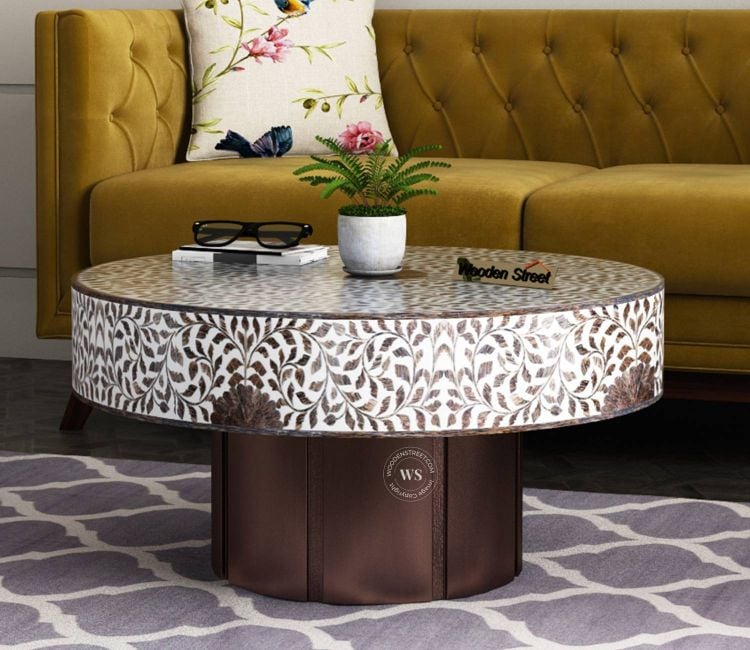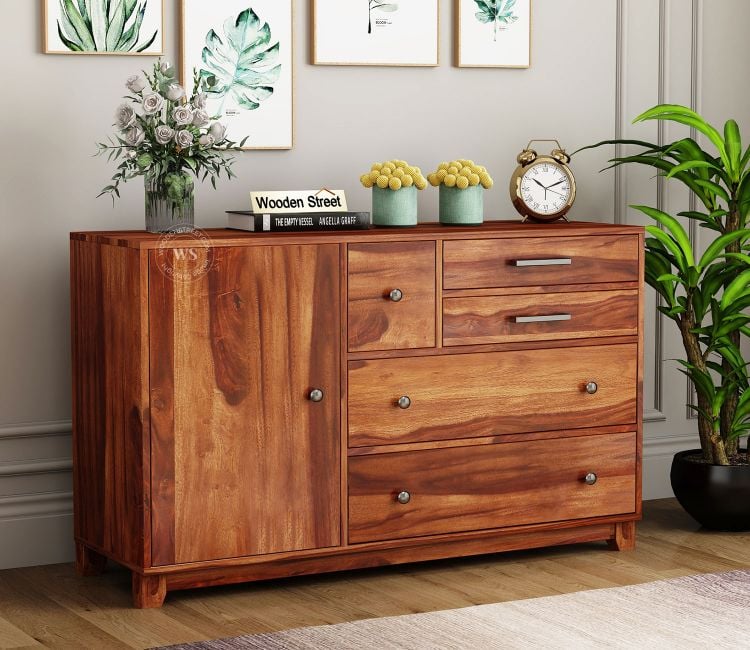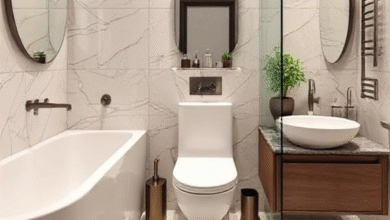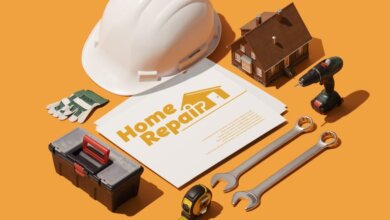Study Table Buying Tips for Students and Parents
Setting up a productive study space is crucial for academic success and concentration. A key element of this setup is the study table, which serves as the foundation for focused learning and organized studying. Whether you’re a parent planning a workspace for your child or a student preparing for long hours of learning, choosing the right study table requires careful thought.
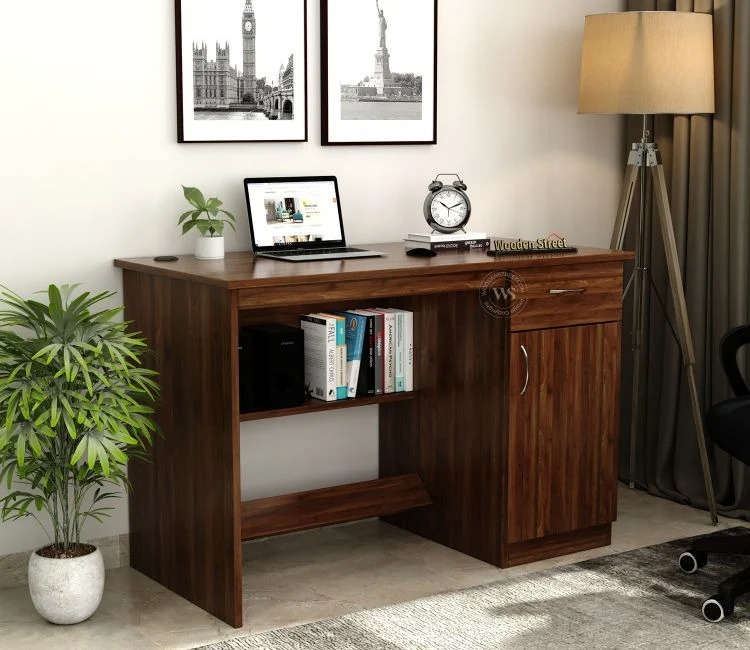
In this blog, we’ll share practical study table buying tips to help both students and parents make the best decision when investing in a table that supports productivity, comfort, and longevity.
1. Understand the User’s Needs
The first step in buying a study table for students is identifying who will be using it. A child in primary school will have different requirements than a college student or high schooler.
For school-going kids:
-
Tables should be the right height for their growing bodies.
-
Consider designs with rounded edges for safety.
-
Look for colorful, compact tables that keep them engaged.
For teenagers and college students:
-
Needs often include space for laptops, textbooks, and notepads.
-
Extra drawers and shelves for stationery and gadgets can be helpful.
-
Ergonomic features are increasingly important for older students.
Understanding the specific needs helps narrow down the best options.
2. Check for Proper Height and Ergonomics
Comfort is key for long study hours. An improperly sized table can lead to poor posture and discomfort. The ideal height of a study table is usually around 28 to 30 inches from the ground for most students. However, this can vary based on the user’s height.
Pair the table with a good ergonomic chair that supports the back, allows feet to touch the ground, and encourages an upright posture.
Tip: Always measure the space where the study table will be placed, and ensure it aligns with the student’s sitting position.
3. Consider Storage Requirements
A clutter-free desk helps maintain focus. Choose a study table that offers enough storage for essential items. Depending on your child’s or your study habits, look for the following storage features:
-
Drawers for notebooks, pens, and accessories
-
Shelves for books and files
-
Closed cabinets for electronics or supplies you want out of sight
-
Cable management holes if electronic devices are frequently used
A table that offers functional storage helps keep the work area clean and organized.
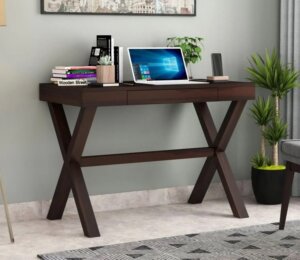
4. Choose the Right Material
Study tables are available in various materials—each with its own pros and cons. Here’s a quick overview:
-
Solid wood: Durable, long-lasting, and elegant; ideal for longevity.
-
Engineered wood: Affordable and available in various finishes; great for modern interiors.
-
Metal and wood combinations: Offer industrial aesthetics and robust structure.
-
Plastic or laminate: Best for younger kids due to lightweight and colorful designs.
Pick a material that balances durability, maintenance, and budget.
5. Match the Style with the Room
While functionality is the priority, aesthetics also matter. A well-designed study table that matches the room décor makes the study environment more inviting. You can choose from:
-
Minimalist designs with clean lines for modern rooms
-
Vintage-style desks for a classic touch
-
Colorful tables for kids’ study corners
-
L-shaped desks for maximizing corner space
The study table should complement the room’s layout and overall theme.
6. Look for Portability and Flexibility
For families with limited space, foldable or wall-mounted study tables are a great option. These designs can be folded away when not in use, helping free up space.
Mobile tables with wheels are also practical for shared spaces or homes where children may need to change study locations. These options allow flexibility without compromising on study comfort.
7. Consider the Lighting Setup
Lighting plays a crucial role in reducing eye strain and improving concentration. Make sure the study table is placed near a natural light source, like a window.
If that’s not possible, ensure there’s adequate space for a desk lamp. Some modern tables come with built-in lighting slots or USB ports for lamps.
Avoid placing the table directly under harsh ceiling lights. Soft ambient light paired with a focused task light works best.
8. Prioritize Safety and Quality for Kids
When buying a study table for children, safety becomes even more important. Look for:
-
Rounded corners to prevent injuries
-
Stable, anti-tip design
-
Non-toxic finishes and paint
-
Smooth drawers that don’t jam or fall out
Also, ensure the surface is easy to clean—especially for toddlers who may use crayons, glue, or paints.
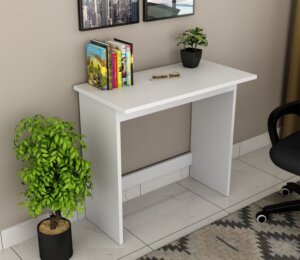
9. Plan for Long-Term Use
If you’re investing in a study table, consider how long it will serve the user. Children grow quickly, so buying an adjustable study table or one that fits evolving academic needs is a smart choice.
Look for features like:
-
Adjustable height
-
Modular attachments (bookshelves, keyboard trays, etc.)
-
Space for a desktop or laptop if digital learning is involved
Buying a versatile table can save you money and effort in the long run.
10. Set a Realistic Budget
Study tables are available across a wide price range. Before shopping, define your budget but also account for features that are non-negotiable—like storage, size, and durability.
Here’s a rough idea:
-
Under ₹3,000: Basic plastic or lightweight tables for kids
-
₹3,000 – ₹8,000: Engineered wood options with basic storage
-
₹8,000 and above: High-quality wooden tables with ergonomic and modern designs
Don’t forget to include the cost of a good chair, as the overall setup matters more than just the desk alone.
Final Thoughts
Buying the right study table requires thoughtful planning—especially when it involves students. As parents, it’s essential to invest in a study environment that fosters focus, organization, and comfort. From understanding your child’s study habits to considering long-term use, the perfect study table is the one that ticks both functional and aesthetic boxes.
By keeping these tips in mind, you can make an informed purchase that supports productive learning at home. Whether your child is just starting school or prepping for competitive exams, the right table can make a world of difference in how they learn and grow.
Read Blog – Single Bed Mattress

